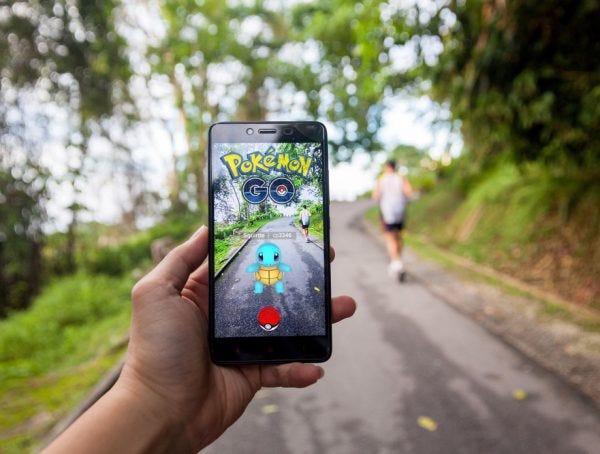How Augmented Reality Works
Unveiling the Magic: How Augmented Reality Works - A Window into the World of Digital-Physical Fusion
As designers, we constantly seek innovative ways to bridge the gap between the digital and physical worlds. One technology that has revolutionized this interaction is augmented reality (AR). So, let's embark on a journey to explore how augmented reality works! In this blog post, we will delve into the captivating realm of AR, unraveling its inner workings and shedding light on its transformative potential.
Big Augmented Picture: How Augmented Reality Works
A Glimpse into the World of Augmented Reality: Augmented reality is a technology that overlays virtual content in the real world, seamlessly blending digital elements with our physical environment. It has gained significant traction in recent years, transforming various industries, from gaming and entertainment to education and healthcare.
Understanding the Foundations: Tracking and Recognition: At the heart of how augmented reality works lies the process of tracking and recognition. AR systems use computer vision algorithms and sensors to identify and track real-world objects or markers, allowing precise alignment of virtual content with the physical environment. This synchronization is crucial for creating an immersive and believable AR experience.
Rendering and Display
Bridging the Gap: Rendering and Display: Once the tracking and recognition stage is complete, the next step in the AR pipeline involves rendering and display. Virtual objects or information are generated and positioned in real time based on the user's perspective and the environment's spatial context. This integration requires powerful processing capabilities and sophisticated algorithms to ensure smooth and accurate alignment of virtual elements within the real world.
User Interface and Experience
Interaction and User Experience: Augmented reality not only enables the visualization of virtual content but also offers interactive experiences. Users can interact with AR applications through gestures, voice commands, or touch inputs. These interactions enhance the sense of immersion and empower users to engage with digital elements naturally and intuitively, blurring the boundaries between the real and virtual realms.
Use Cases
The Promising Applications of Augmented Reality: With a firm understanding of how augmented reality works, we can now appreciate its vast potential across numerous fields. From enhancing customer experiences in retail to revolutionizing training simulations in industries like aviation and engineering, AR is reshaping our perception of what is possible. Its ability to overlay information onto our immediate surroundings opens up endless opportunities for creativity and innovation.
In conclusion, understanding how augmented reality works allows us to unlock its full potential and harness its transformative power. By seamlessly blending digital content with our physical reality, AR expands the boundaries of human experience and offers endless possibilities for designers and developers alike. So, let's embrace this magical technology and embark on a journey of innovation where the virtual and real worlds intertwine in harmony.
Remember, the more we explore and push the boundaries of augmented reality, the closer we get to creating extraordinary experiences that were once merely the stuff of dreams. So, let's dive into the realm of AR and unleash our creativity!







